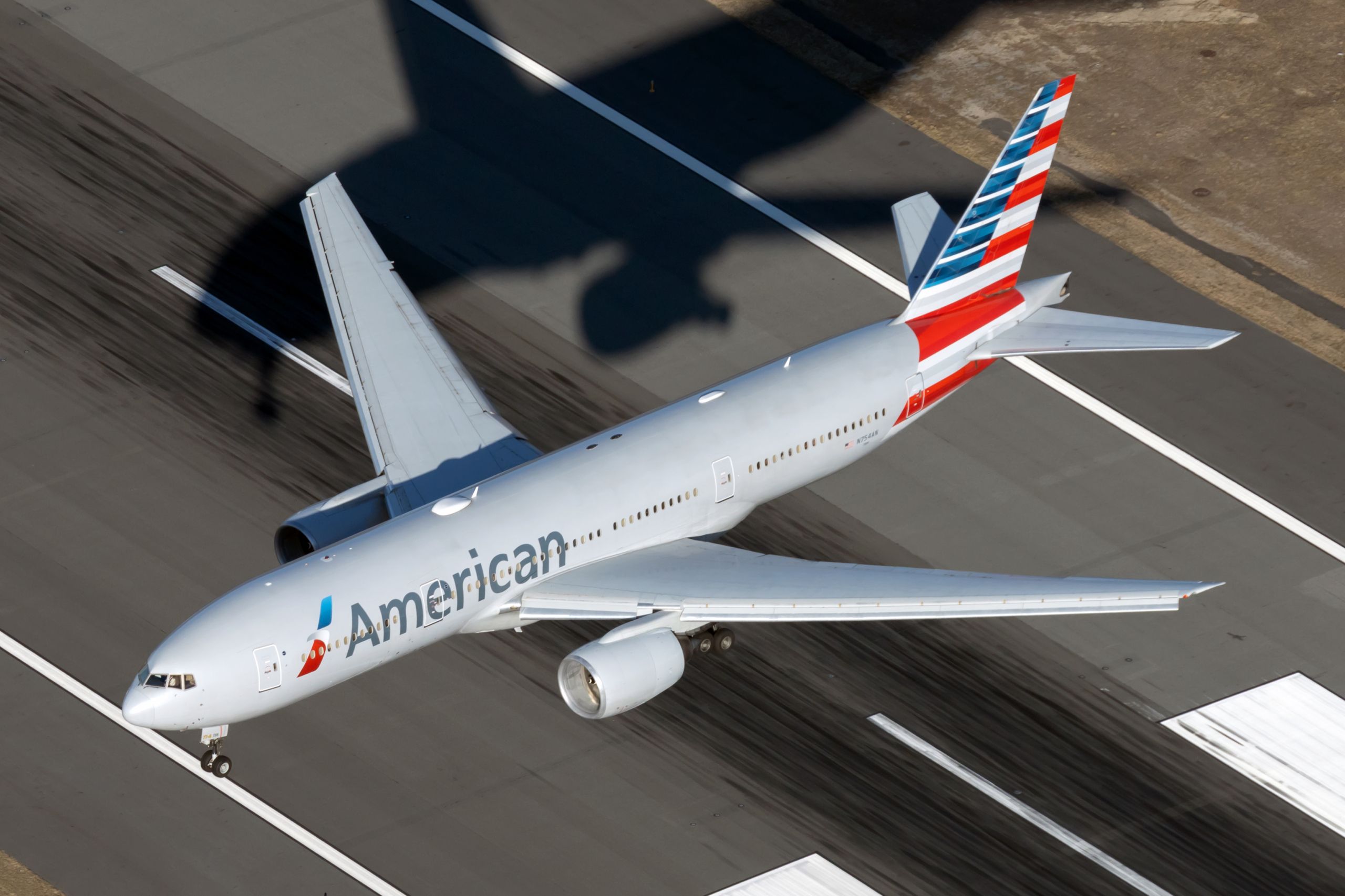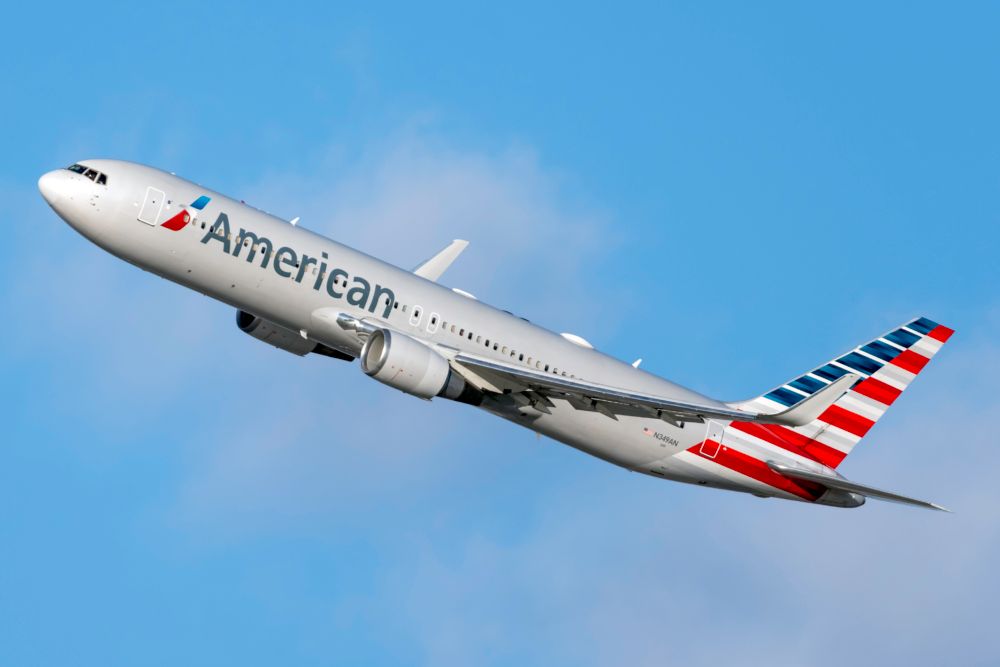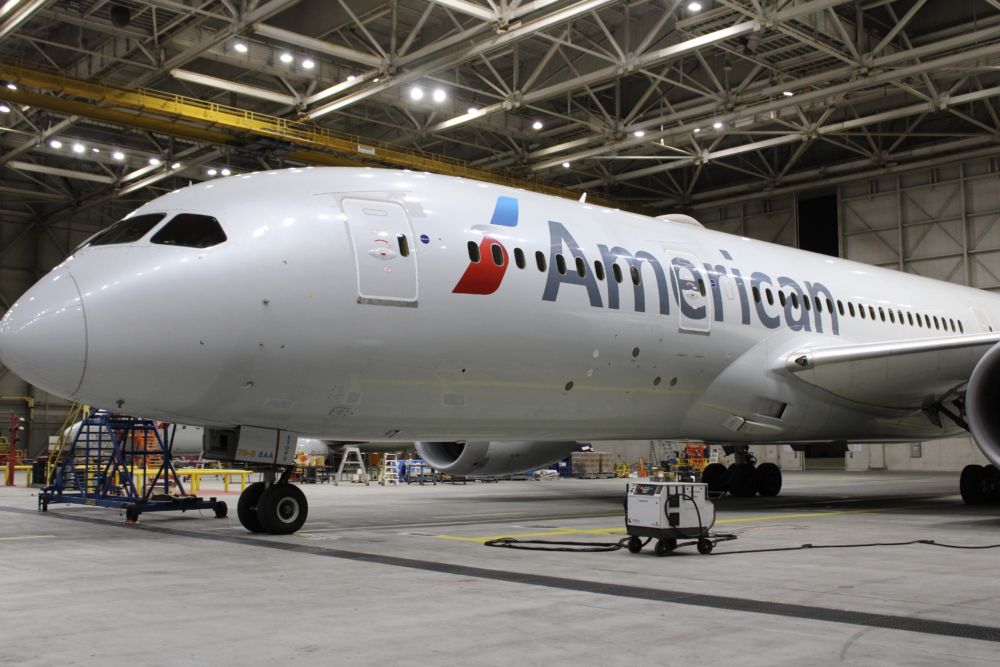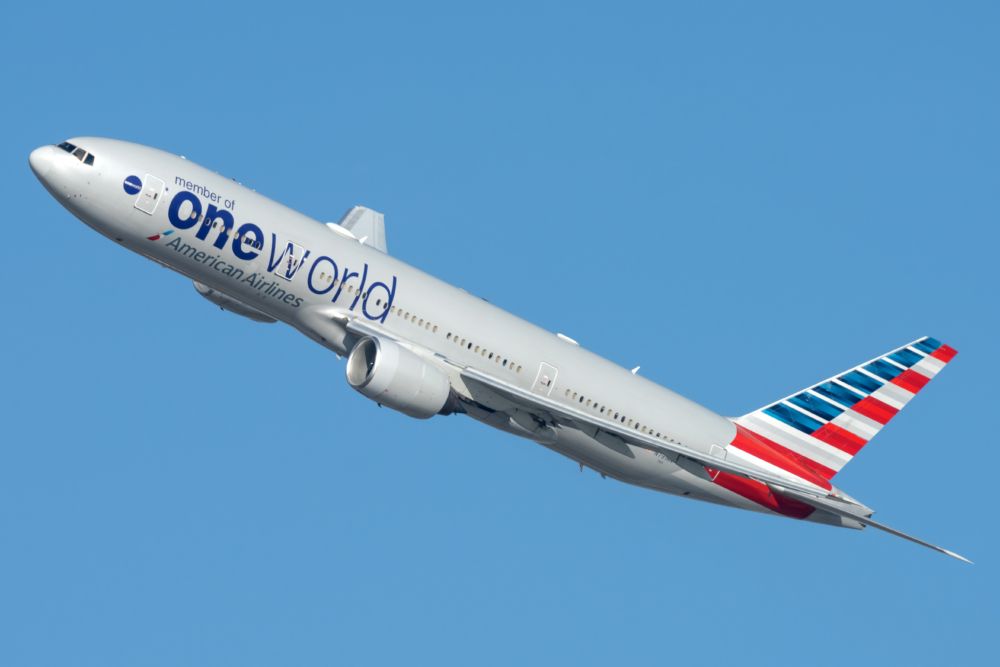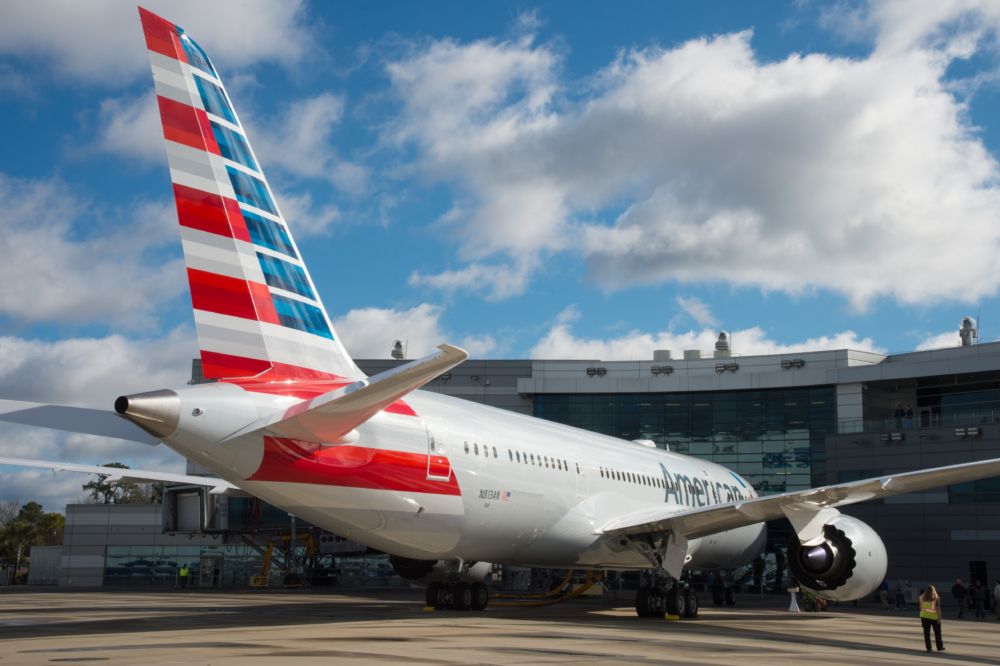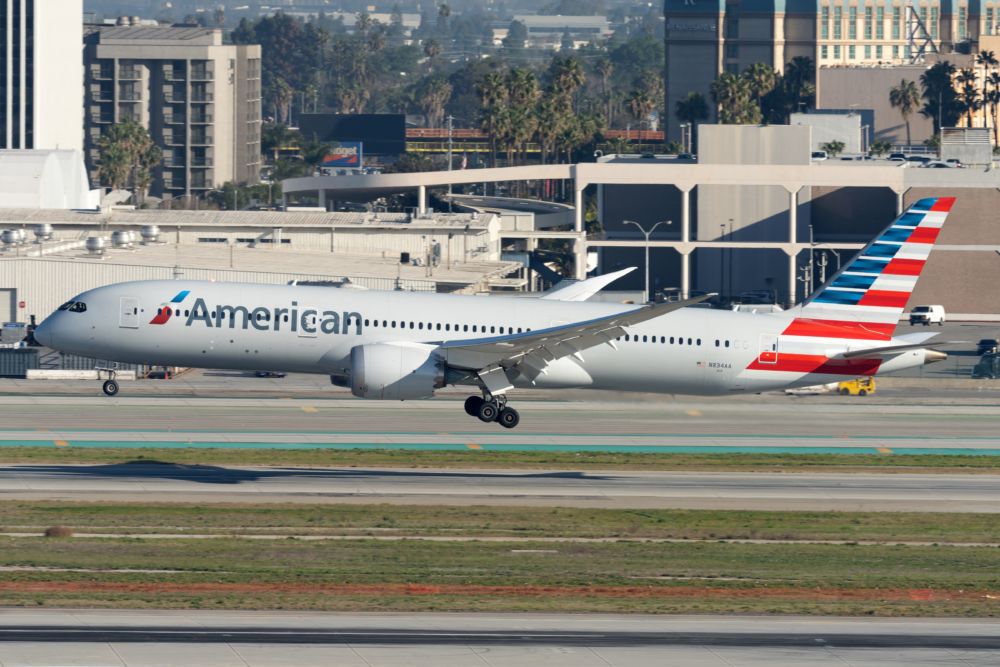American Airlines spent much of 2018 through early 2020 plotting a bigger and better international long-haul route network. While it was already very strong in South America and short- and medium-haul flying in Mexico, Central America, and the Caribbean, it had a lot of work to do in Asia, Australia, and Europe. When the pandemic hit, American Airlines decided to "reset" its international network. On the carrier's second-quarter earnings call, Chief Revenue Officer Vasu Raja discussed how American was looking at its international long-haul flying.
The pandemic as a reset
When the crisis hit, American's international long-haul network essentially shut down. Flights to Asia, Australia, Europe, and South America saw demand plummet to near non-existent levels, and American pulled down its schedules and parked its planes as it turned to survival mode.
Mr. Raja started his discussion on international flying on the call by looking at where American Airlines was heading into the pandemic:
"This pandemic was a big reset for us, and prior to the pandemic, our margins internationally certainly trailed our competitors and struggled a lot, especially outside of the time we got to peak summer. A big part of it was that we had a lot of widebodies that, though they were put to really good use in the summer, really could not earn their carrying costs as we got in the trough season."
This is why American Airlines decided to shed some of its long-haul international fleet. This included the Airbus A330s and Boeing 767-300ERs. In addition, though not a widebody, American also decided to retire its Boeing 757-200s, which were also primarily pointed abroad.
American had a strong seasonal network. The carrier flew some leisure-oriented routes in the summer months but then sat on more widebodies than it could fly profitably in the winter months. For example, in the summer, American added new long-haul flying to cities like Bologna, Dubrovnik, and Berlin.
Stay informed: Sign up for our daily and weekly aviation news digests.
New opportunities in a post-pandemic world
Mr. Raja discussed where American Airlines is now on its international front:
"We have some 80 fewer wide body-capable – or long-haul capable airplanes – in the fleet as we enter the fourth quarter. And, as we start to go and build it back, the things that we’re focused on [are] things that can produce real annual returns ≠ much as we do with our short haul and narrowbody fleet."
While American has cut back in other markets, Mexico, the Caribbean, and Latin America (MCLA) are going strong. As he continued:
"If you look out at our published schedules, we’ve never been larger in Mexico, Caribbean and Latin America. Indeed, we are almost twice as large as any of our traditional network competitors in the area, and we see more opportunities to be able to grow. Indeed, were it not for restrictions on customer entry, we’d be a lot bigger in just about every one of the countries in South America than what we are today."
MCLA is a very strong market for American Airlines. The carrier has an enviable amount of brand loyalty and recognition in the region as well, and it certainly beats its competitors on its flying in the region.
After Delta and LATAM announced a partnership, there was a concern about how American Airlines would be able to retain its position in Latin America. However, the carrier has thus far held its own in this market and is poised for growth.
Partnerships are going to be key
Mr. Raja emphasized the importance of the new partnerships American Airlines has:
"Similarly, we see a lot of opportunities through partnerships that we’ve envisioned and created since the pandemic — not just with JetBlue and Alaska, which create really great jump-off points for international – but also with Qatar Airways, who’ve very quickly become our largest long-haul codeshare partner. We think that will continue beyond and through that partnership, it will open up new markets for us that wouldn’t have been viable for our customers or for us financially prior to this."
Qatar Airways and American Airlines announced plans for a new codeshare partnership in early 2020 – right before the crisis hit. The two carriers had some disagreements in the past, but there are more benefits for the airlines to cooperate with a partnership.
American Airlines has historically been incredibly weak on both coasts. While it has strong hubs in Dallas, Charlotte, Phoenix, and Miami, its presence in New York was seemingly ever-changing and too small to be relevant to the customers it needed and wanted to be relevant to.
This is where the Alaska and JetBlue partnerships come into play. This gives American Airlines relevance on both coasts and the opportunity to be relevant to more customers.
In competitive environments, there are two ways that airlines can grow their market share or customer bases. The first is by adding more flying on their own metal to places where people want to go. This may include flying some insanely competitive routes where an airline can incur significant losses but has to fly in order to be relevant in the marketplace.
The second is by making partners with existing carriers in a given market and filling in the gaps that the existing airline has. For example, neither Alaska nor JetBlue (at least not yet) flies long-haul international routes. American has come into both of those carriers' markets and grown out a long-haul international network that complements what Alaska and JetBlue fly.
The recently announced partnership with JetSMART could be rewarding. American does not need a large number of connecting passengers in South America, but offering customers an opportunity to fly some short-haul hops in the region to secondary destinations American does not, and likely would not fly to is a push from American to stay relevant to customers, especially those in Chile and Argentina.
Good tailwinds for American Airlines
American Airlines has a lot of strong tailwinds in this strategy. First and foremost, there are fewer seats in the key long-haul markets, most notably in the transatlantic market. This means less competition and an opportunity to be able to get higher yields as a result.
The second tailwind is that American has a much better long-haul international fleet. Comprised of both the Boeing 787 and 777, these planes have excellent operating economics and are flexible in the missions they can accomplish.
The third is the fact that American has deeper and better partnerships. As a result, it has less of a need to fly into every major market. For example, instead of flying its own planes to markets like Croatia or Poland, it can funnel those passengers via a partner, like British Airways or Qatar Airways.
International long-haul travel is showing signs of coming back. As markets reopen, bookings have trended in the right direction, and yields are starting to trend upwards. However, Asia and Oceania remain depressed, so a full international long-haul recovery will not come simultaneously in all markets. Recently, American has even pulled back flying to Australia in light of travel restrictions that make it all but impossible for travel.
Nevertheless, there is more than enough evidence that these markets will rebound when borders do reopen. With American's order book for Boeing 787s, this could mean new long-haul routes that the airline could not make work previously, but can now due to excellent aircraft operating economics or access to more customers via a partnership.

